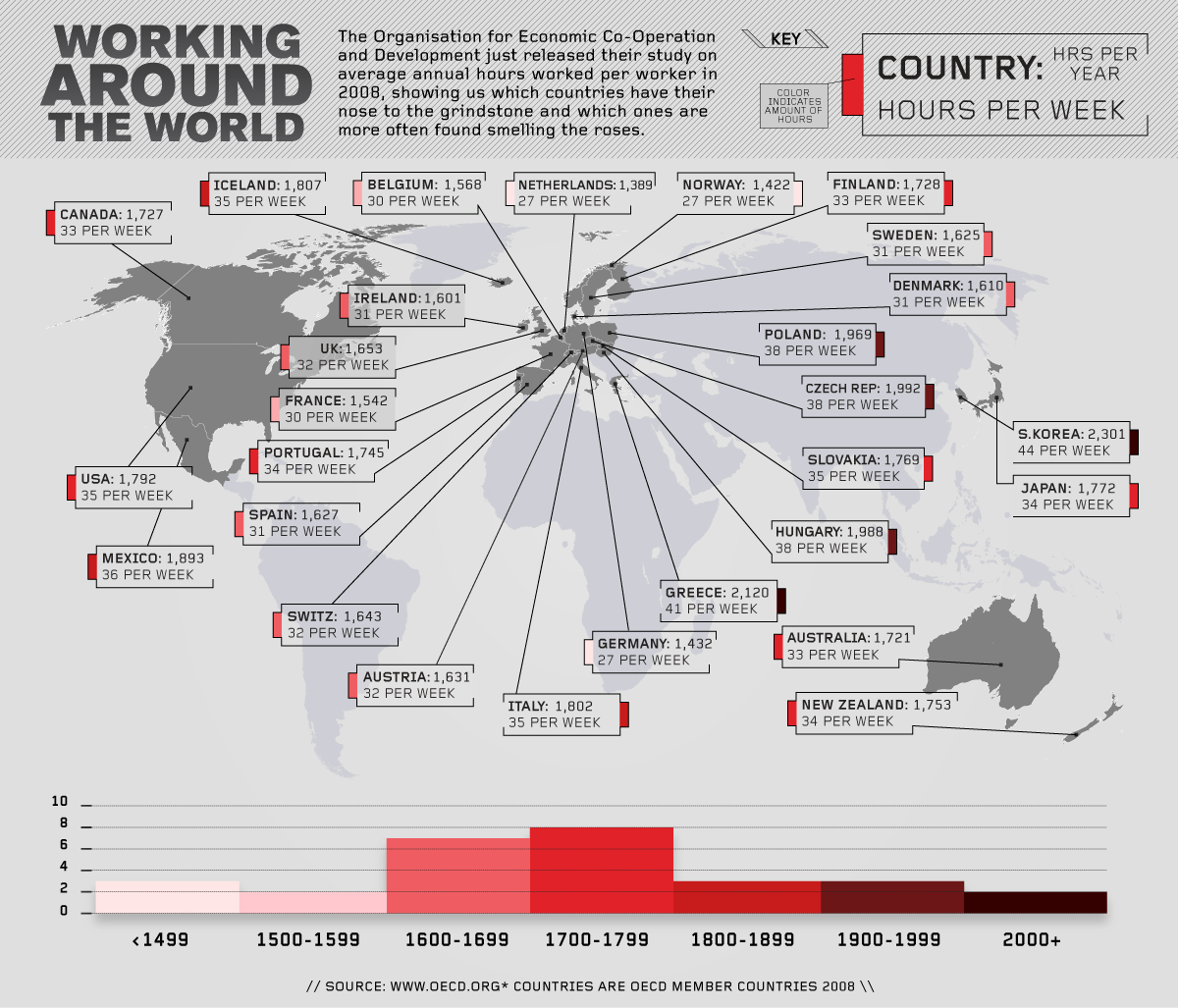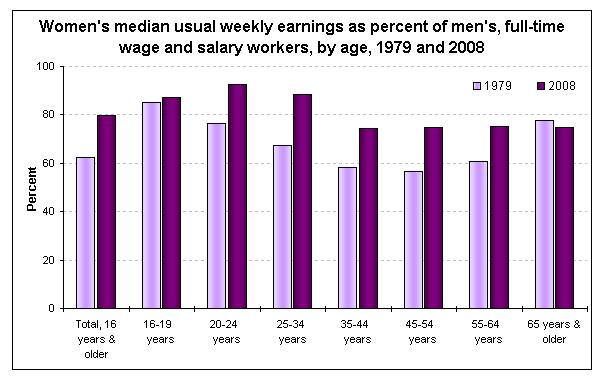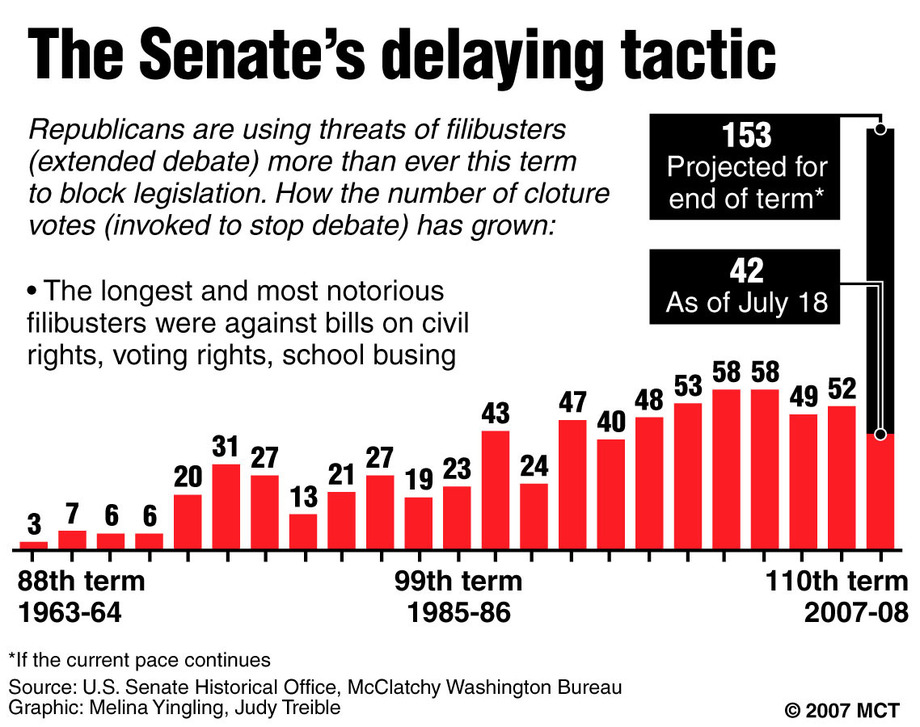Kelebek sent in an Australian commercial for Brut deodorant. In it, a male robot transforms various objects (a motorcycle, a drink) into “better” versions, more fitting of a super macho robot. One of the improved items is a Barbie doll/woman:
The woman is, quite literally, an object, to be “modified,” and then posed with his other belongings. And as we see, being “brutally male” is associated with drinking a lot, driving powerful vehicles, having hot women, and probably engaging in the type of risky behaviors that partially explain why men in many industrialized nations live shorter lives than women.
The commercial was pulled from TV by the Advertising Standards Bureau after they determined it was offensive to women. The commercial had to be recut…so that the woman isn’t one of the “objects” in the back of his vehicle at the end. The scene where he modifies the Barbie to be a live woman, and the phrase “reject, modify object,” weren’t removed. And:
Brut brand manager Deane De Villiers defended the ad, saying the robot carried the woman with the utmost of respect “as one would carry one’s bride”.
Yes. If your bride were an object you created to your very own specifications.
And for fun, read the comments to that Sun-Herald article.










